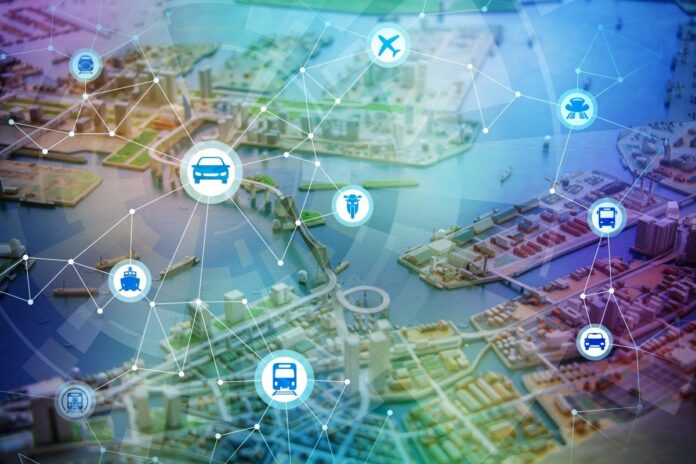Hypermobility appears to be a defining characteristic of metropolitan areas. Mobility fluxes have become a crucial urbanization phenomenon, with the infrastructure to support them usually becoming the cornerstone of urban design.
Despite the fact that global urban mobility is rising, access to locations, activities, and destinations is becoming more challenging. Not only is it less feasible in terms of pricing, time, and convenience, but getting around in urban centers also causes a variety of negative repercussions. The future of urban mobility is looking bright, and clearly, all that’s left is for us to be ready to receive it just as easily as we are willing to make a $3 deposit at a casino NZ. It seems frivolous, but the truth is that, after all, the future we see in movies is here.
With that being said, the next thing would be to look towards the future of urban mobility and the trends that could help make improvements in the sector. Let’s look at some of the mobility trends that we should look forward to in the future.
Automobile Connectivity
We now live in a world of increased connectivity, and car travel is the next arena to encounter this. While there are already connected cars in existence, this is only the beginning. This number is expected to increase by 2023 and reach 800 million people.
The key linked aspects of these vehicles are now mostly tied to user safety through the usage of safety measures and voice commands, navigation through GPS applications, and dependability through more detailed internal vehicle examinations. These features have the potential to minimize accidents by up to 68 percent!
Connected vehicles can interact with one another live, both with other cars and other objects in their environment, such as portable devices or cellular services. The cars unite to form a fleet and behave as a single-vehicle while traveling autonomously. Synchronous deceleration and acceleration improve traffic flow.
Autonomous Cars
An autonomous car is fully controlled by ai technology. It navigates on its own and is entirely capable of adjusting its navigation to the surroundings and occurrences around it. Ironically, to be truly autonomous, a vehicle must have connectivity.
On one hand, autonomous and shared automobiles help accomplish the goal of more convenient, safer, greener, and pleasant urban mobility. In the long run, it will reshape city settlements. For instance, fewer and fewer cars will be parked on the streets, which leads to a cleaner environment.
On the other hand, autonomous automobile tech is still pricey and requires a short latency time to maximize safe operations. This is why the advancement of 5G is propelling autonomous vehicles to new heights!
Car Sharing
The future of urban mobility is expected to be electric, which seems evident from a health and environmental standpoint. On the other hand, decreased pollution hasn’t improved traffic flow in busy cities in a while.
Those looking for a parking spot can make up a lot of total inner-city traffic. When people share a car, on the other hand, fewer parking places are needed, and urban mobility is enhanced. There are two main types of car sharing:
- Free-floating car sharing: this type of car sharing arrangement allows you to park your car within a broad but distinctly defined area.
- Stationery car sharing providers: you rent a car and return it to its fixed parking area once your specified time comes to an end.
Local Public Transport
The world’s city subways and buses are approaching their capacity limits. That is why bicycles, a classic urban transportation mode, are currently witnessing an unexpected rebirth. Bike-sharing is taking over the streets of all major cities, allowing people to travel quickly in even the tightest of areas. In the future, e-scooters, which likewise provide more accessible travel in urban areas, should come in handy.




